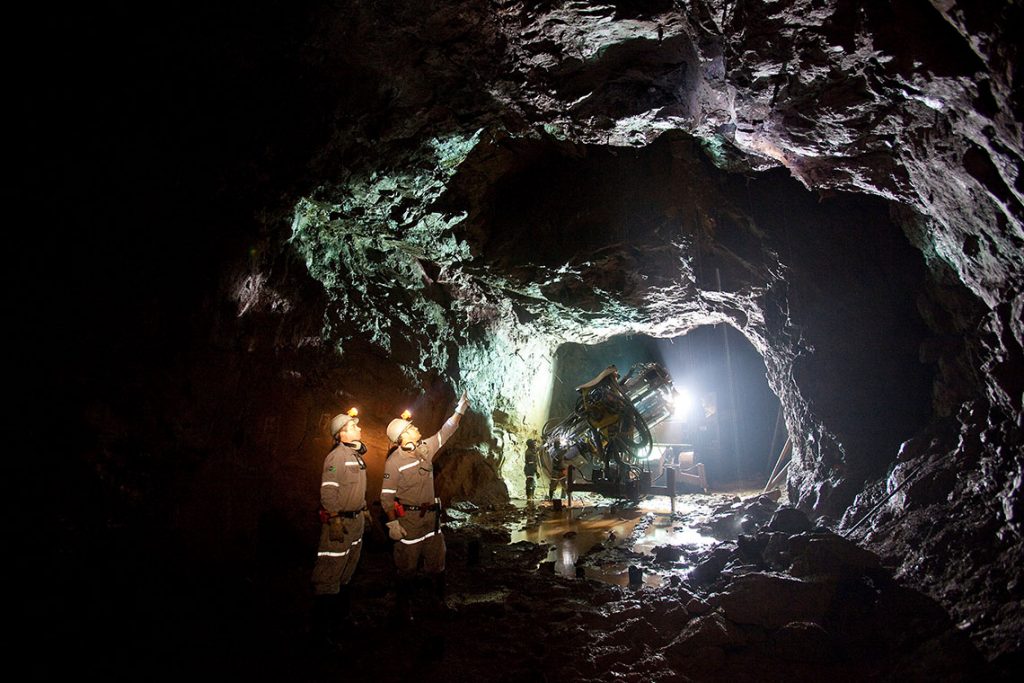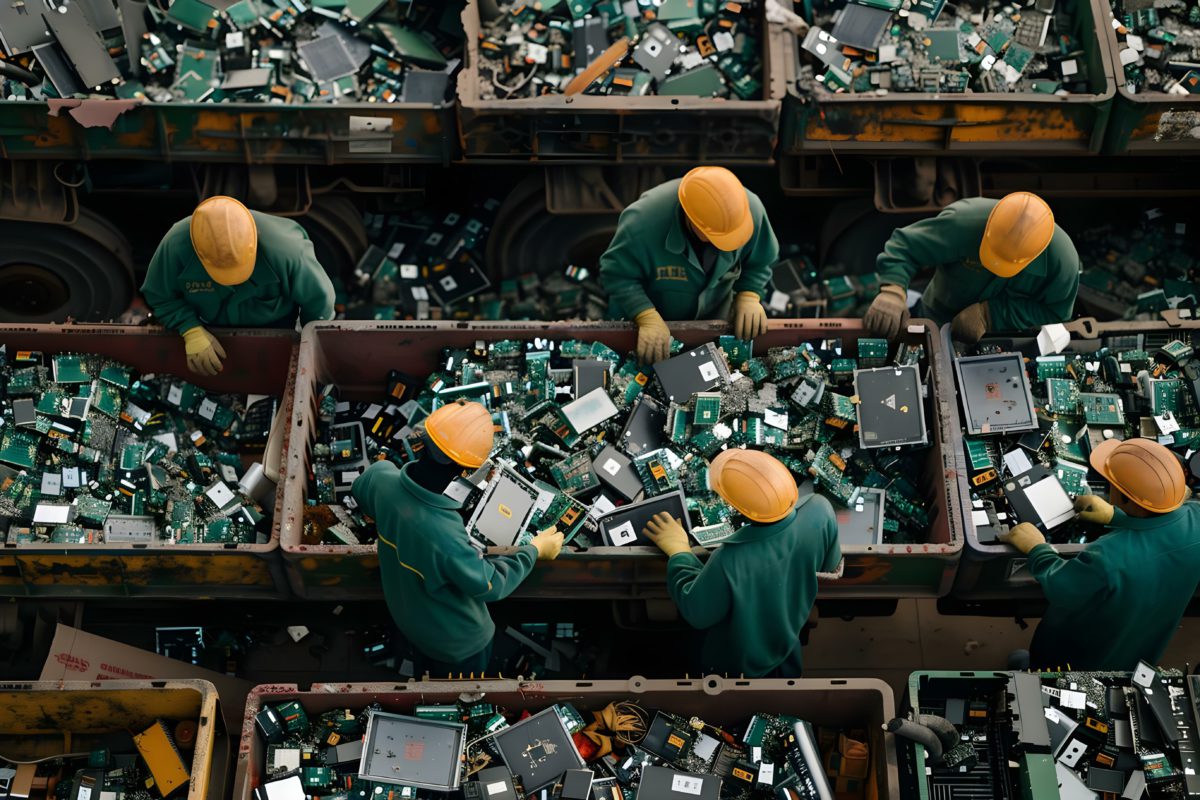Nexa Resources aims to expand copper assets

Brazil’s Nexa Resources (TSX, NYSE: NEXA) is looking to expand its copper assets, company CEO Tito Martins told MINING.COM.
“Copper is the mineral of the moment, of the decade and maybe the next decades,” said Martins, a former Vale Canada chief.
Copper price extended the rally on Wednesday after the metal shot above $9,000 a tonne for the first time in nine years on Monday. The bellwether industrial metal has doubled in price since a nadir last March, also boosted by rapidly tightening physical markets and prospects for rebounding economic growth.
“Everything that is said about clean energy and electric vehicles goes through electrical conduction and copper – I’m bullish,” said Martins.
The company plans to invest $48 million to update its Magistral copper project in Peru
The company plans to invest $48 million to update its Magistral copper project in Peru, in line with the progress of engineering works.
“Magistral engineering studies continue to progress,” Martin said. “In 2021, we expect to advance further detailed engineering and optimization opportunities to mitigate the risk of project execution, before consideration of project approval.”
Magistral copper production is estimated at 50,000 tonnes per year.
World’s second-biggest zinc mine
The company expects to begin commercial production at its Aripuanã zinc project in Brazil’s Mato Grosso state by 2022.
According to Martins, Nexa faced challenges last year with some suppliers, but 70% of the project is completed.
“We are on track to conclude mechanical completion in 4Q21 and to start production in early 2022,” he said.
Once in operation, the $354-million project will become the world’s second-biggest zinc mine, after Teck’s Red Dog mine in Alaska.
Aripuanã zinc equivalent production is estimated at 119kt per year for approximately 11 years.
Nexa zinc production in 2020 was 313kt, down 13% from 2019 mainly driven by the decrease in processed ore volumes in Peruvian mines, which were affected by the government-mandated temporary shutdowns in response to the covid-19 outbreak.
“First-quarter sales are closed and moving towards closing sales in the second quarter. Demand is high. If I had more metal, I would sell it,” said Martins.
“There are great uncertainties about the second half. We have to wait the outcome of covid-19 in the US and Europe. I think we are still not in a supercycle, just because of the pandemic.”
{{ commodity.name }}
{{ post.title }}
{{ post.date }}


Comments